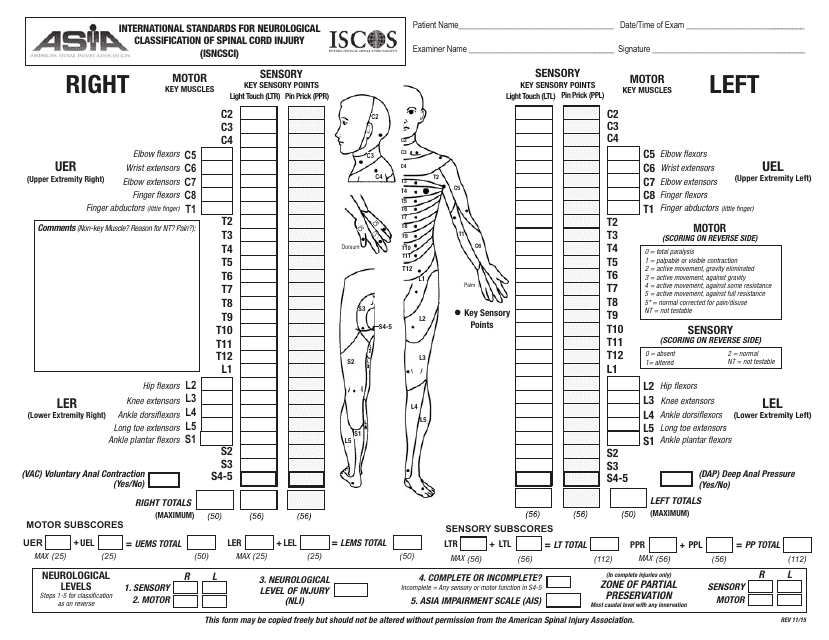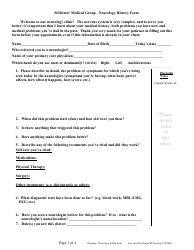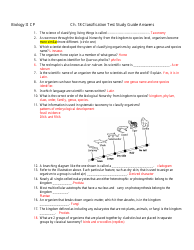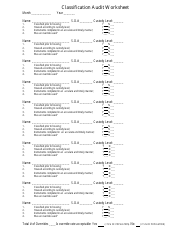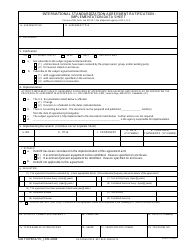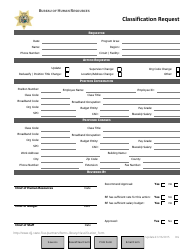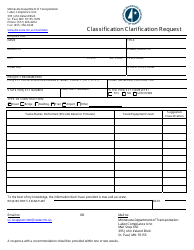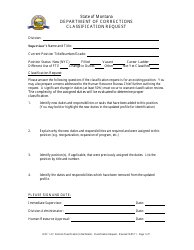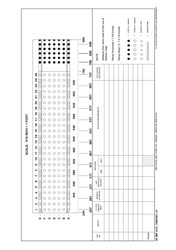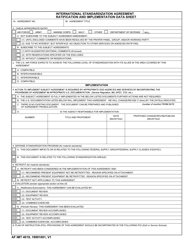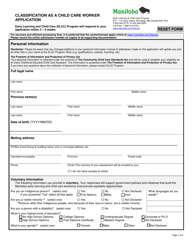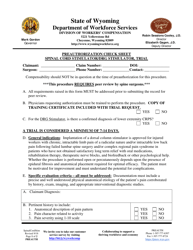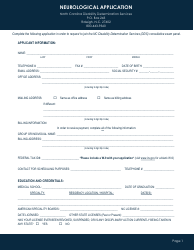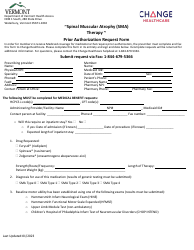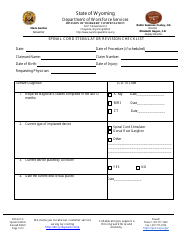International Standards for Neurological Classification of Spinal Cord Injury (Isncsci)
The International Standards for Neurological Classification of Spinal Cord Injury (ISNCSCI), also known as the ASIA scale (American Spinal Injury Association), is a system used globally by medical professionals and researchers in the description, recording, and analysis of the severity and type of spinal cord injuries. This standard allows for consistent communication and comparison of patient data among healthcare providers and researchers.
The ISNCSCI describes the extent of injury by examining sensory and motor function, offering a standardized way to assess and compare the effects of treatment or rehabilitation over time. This classification is crucial in diagnosis, decision-making about treatment, evaluation of recovery or changes, and for research purposes. It comprises a full sensory examination (light touch and pin-prick score), a motor examination (with myotomes for upper extremities and lower extremities), and additional components like the Rectal Exam and the Spinal Cord Independence Measure.
The International Standards for Neurological Classification of Spinal Cord Injury (ISNCSCI) is developed and published by the American Spinal Injury Association (ASIA) and the International Spinal Cord Society (ISCoS). These organizations are responsible for maintaining and updating the standards as needed.
FAQ
Q: What is the International Standards for Neurological Classification of Spinal Cord Injury (ISNCSCI)?
A: The ISNCSCI is a system used by medical professionals worldwide to determine and report the severity and level of spinal cord injuries. The system assesses the amount of sensation a patient has along their dermatomes and the strength of their muscles to identify the level of injury.
Q: Who developed the International Standards for Neurological Classification of Spinal Cord Injury?
A: The ISNCSCI was developed by the American Spinal Injury Association (ASIA) and the International Spinal Cord Society (ISCoS).
Q: How does the ISNCSCI classify spinal cord injuries?
A: The ISNCSCI uses a combination of physical examinations and patient interviews to assess sensory and motor functions. This helps determine the type of spinal cord injury, like complete (where no motor or sensory function is preserved) or incomplete (where some function is preserved) and its level, which refers to the lowest segment of the spinal cord with normal function.
Q: Why is the ISNCSCI important?
A: The ISNCSCI provides a standardized method to classify the severity and level of a spinal cord injury, which can be incredibly useful for diagnosis, treatment planning, tracking changes and improvements over time, and in research.
Q: Can the ISNCSCI assessment be done by any medical professional?
A: While ISNCSCI is a globally recognized method, it requires thorough training and understanding of the spinal cord to accurately diagnose and report findings. It is typically carried out by healthcare professionals specialized in neurology or spinal injuries.
Q: How is ISNCSCI used globally?
A: ISNCSCI is used by healthcare professionals across the world for diagnosing and tracking the progress of patients with spinal cord injuries. It is also widely used in research to provide consistent data across various studies.
